Fable inspires utopian world
Updated: 2016-06-07 07:10
By Deng Zhangyu(China Daily)
|
||||||||
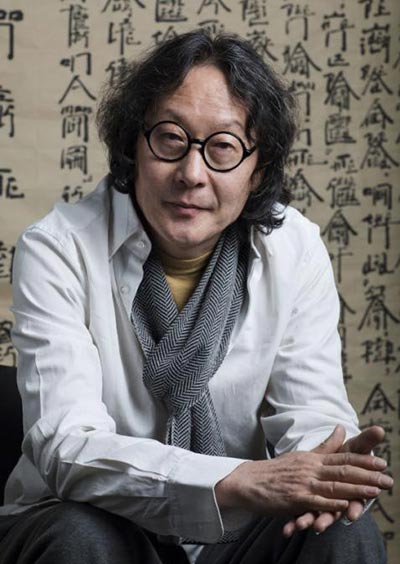 |
|
Artist Xu Bing displays in Beijing his multimedia installation featuring a utopian world inspired by the Chinese fable, Peach Blossom Spring. [Photo provided to China Daily] |
The circular installation, which was earlier exhibited in London's Victoria and Albert Museum and in Chatsworth House in England, comprises nine landscapes made up of stones, plants and ceramics.
Each landscape represents a different part of China.
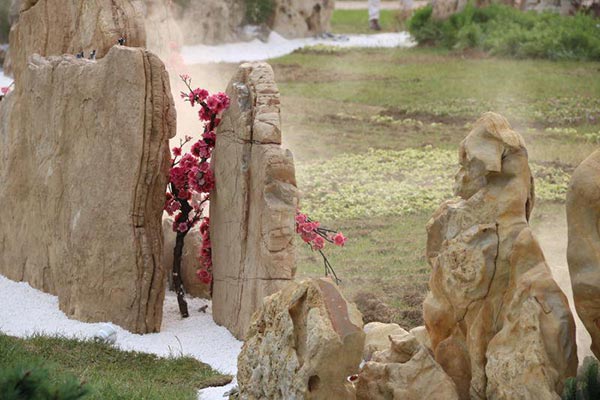 |
|
Artist Xu Bing displays in Beijing his multimedia installation featuring a utopian world inspired by the Chinese fable, Peach Blossom Spring. [Photo provided to China Daily] |
For instance, black stones and red plum flowers represent the northern part of China, while white stones, bamboo and pavilions represent South China's landscapes.
The stones are from five provinces and the ceramics are from Jiangxi province's Jingdezhen, which is nicknamed China's "capital of ceramics".
The installation is inspired by the Chinese fable, Peach Blossom Spring, written by poet Tao Yuanming (AD 365-427), who depicts an ideal world where man and nature live in harmony.
Xu Bing, 61, who acknowledges that the name of the work, The Dream of Traveling to The Wonderland Must Be Realized, is contradictory, justifies the title, saying: "The tension between nature and man is increasing. We often complain about our lives in the modern world as well as the environment we inhabit. We always dream about living in a wonderland, but the fact is that this dream will never come true."
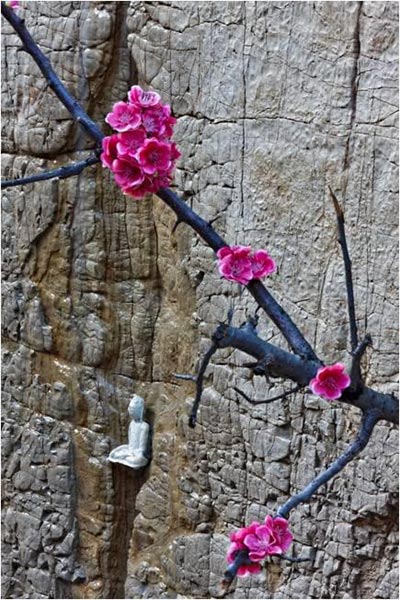 |
|
Artist Xu Bing displays in Beijing his multimedia installation featuring a utopian world inspired by the Chinese fable, Peach Blossom Spring. [Photo provided to China Daily] |
In the fable, the fisherman who finds the wonderland by accident, can't go back to it again after he returns to his village.
Expanding on his work, Xu says: "Men seem to be on an endless pursuit of such a wonderland in their minds. But the reality is that we are far from our dreams."
The installation, which was created for the Victoria and Albert Museum's large-scale Chinese painting exhibition in 2013, gave Xu the chance to bring Chinese landscape paintings to life using stones and ceramics.
Stone mountains and ceramic houses, animals and humans are not as vivid as real ones. Hence the artist wanted to create a two-and-a-half dimensional effect to remind people that utopia does not exist.
In 2014, the installation moved to Chatsworth Garden, a house built in the 15th century in Derbyshire in England.
Xu says he loves the contrast between his work and the environment where it was displayed in Britain.
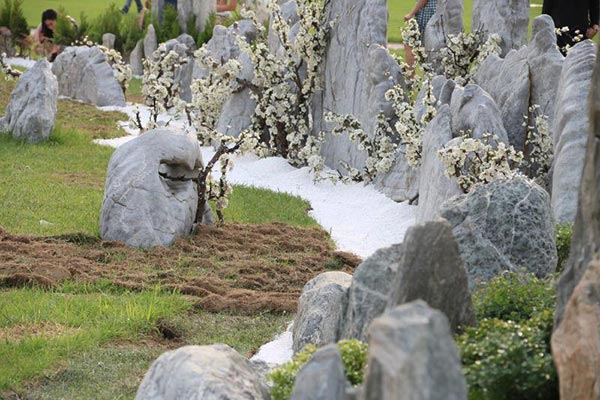 |
|
Artist Xu Bing displays in Beijing his multimedia installation featuring a utopian world inspired by the Chinese fable, Peach Blossom Spring. [Photo provided to China Daily] |
In the V&A Museum, while his wonderland was displayed inside, outside was the city of London. And in Chatsworth Garden, the Chinese painting-like wonderland was placed inside an ancient European house.
Now, his work is on show at the Water Park in Beijing.
Here, Xu has reinvented his installation.
In Beijing, the pond in the circular installation is replaced with fields of vegetables, rice and corn.
Explaining the modification of his installation, Xu says he did this "because for thousands of years, China was an agrarian society. We are all farmers".
Commenting on the work, Dong Yi, president of the Beautiful Asset Company, the organizer of the show, says: "That's my wonderland, a Chinese-style wonderland.
"With the fog, the sounds of birds and insects, I feel like I am part of a Chinese landscape painting scroll," she says.
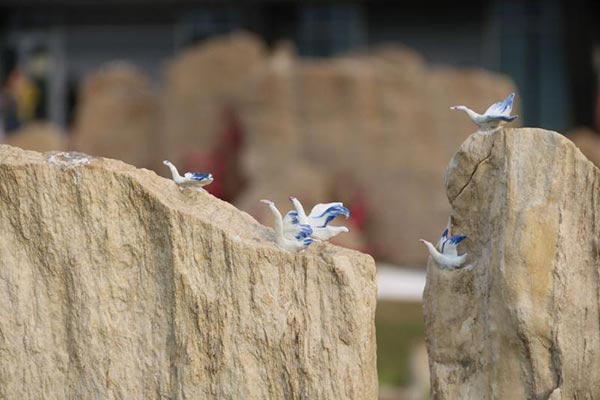 |
|
Artist Xu Bing displays in Beijing his multimedia installation featuring a utopian world inspired by the Chinese fable, Peach Blossom Spring. [Photo provided to China Daily] |
Dong says she is a fan of Xu, whom she calls a master with a good understanding of the East and West, who knows how to express this through contemporary art.
Xu, who was born in Chongqing, moved to New York in 1990, but has been in Beijing since 2007.
The artist, who gained fame in the global in the 1990s art world with his printmaking and large installations of hand-carved characters, has had his works displayed at museums across the world, including MoMA, the Metropolitan Museum of Art, the British Museum and the National Gallery of Canada.
Related:
- Suspected IS terrorists arrested in Germany
- Japanese boy abandoned by parents in Hokkaido forest found alive
- China to build Africa's biggest university library
- 'Kill list' found in UCLA campus shooter's residence: Police
- Swiss declare Alps tamed as Gotthard rail tunnel opens
- China urges Japan to properly settle Chinese forced laborers issue

 The world's most striking images: May 30 - June 5
The world's most striking images: May 30 - June 5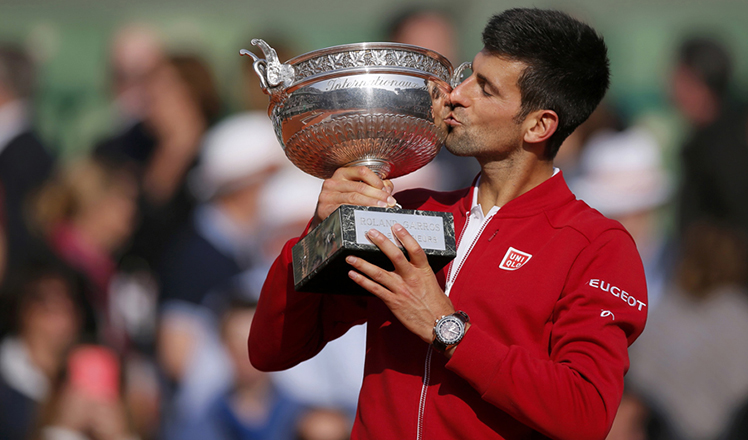
 Djokovic conquers Roland Garros to join tennis pantheon
Djokovic conquers Roland Garros to join tennis pantheon
 Students receive gaokao cheers in east China
Students receive gaokao cheers in east China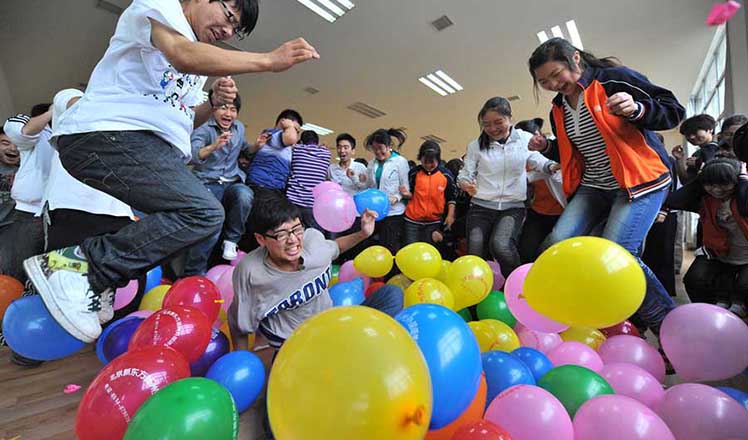
 Students use creative ways to relieve gaokao stress
Students use creative ways to relieve gaokao stress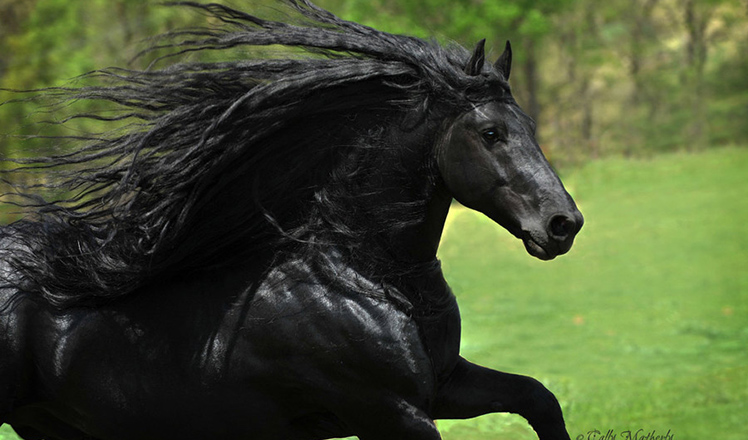
 Frederik the Great: Is it a horse or a stunning statue?
Frederik the Great: Is it a horse or a stunning statue?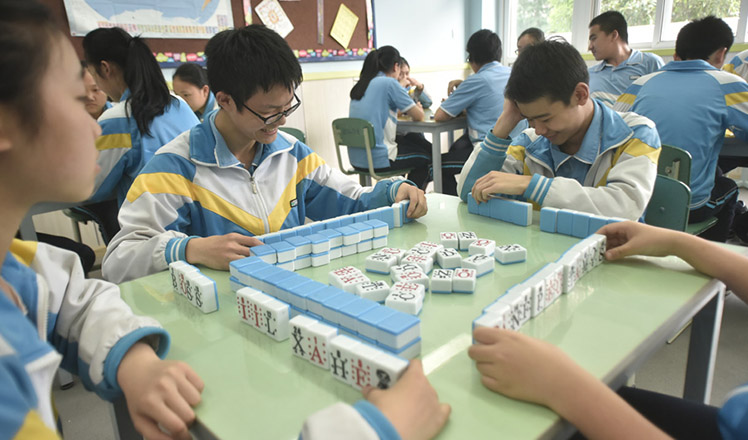
 How mahjong can improve your chances with English
How mahjong can improve your chances with English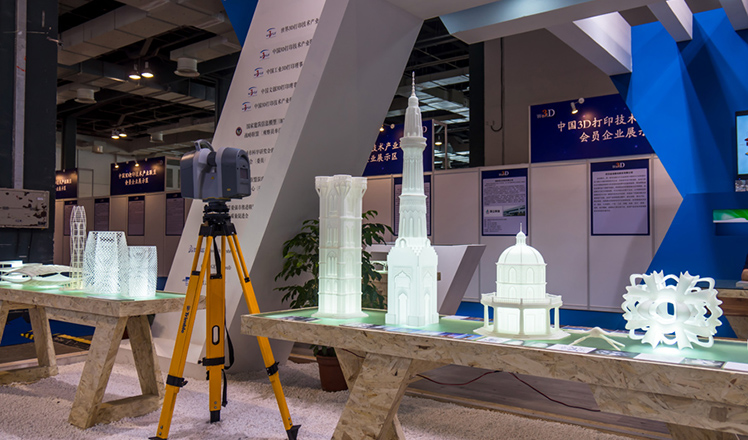
 Shanghai's 3D printing expo attracts over 100 companies
Shanghai's 3D printing expo attracts over 100 companies
 Traditional incense production in Nyemo county, China's Tibet
Traditional incense production in Nyemo county, China's Tibet
Most Viewed
Editor's Picks

|

|

|

|

|

|
Today's Top News
Abe's blame game reveals his policies failing to get results
Ending wildlife trafficking must be policy priority in Asia
Effects of supply-side reform take time to be seen
Chinese State Councilor Yang Jiechi to meet Kerry
Chinese stocks surge on back of MSCI rumors
Liang avoids jail in shooting death
China's finance minister addresses ratings downgrade
Duke alumni visit Chinese Embassy
US Weekly

|

|







